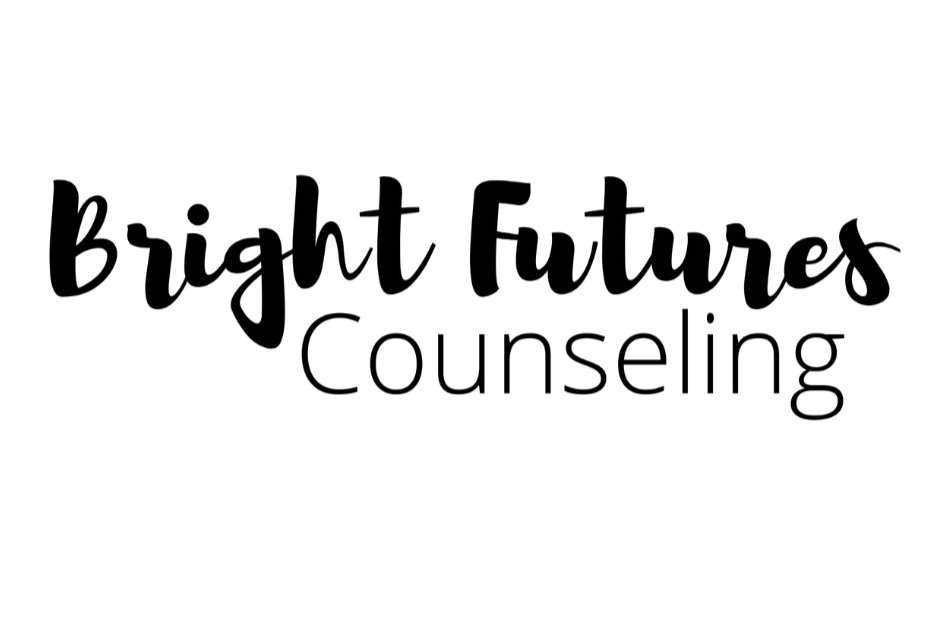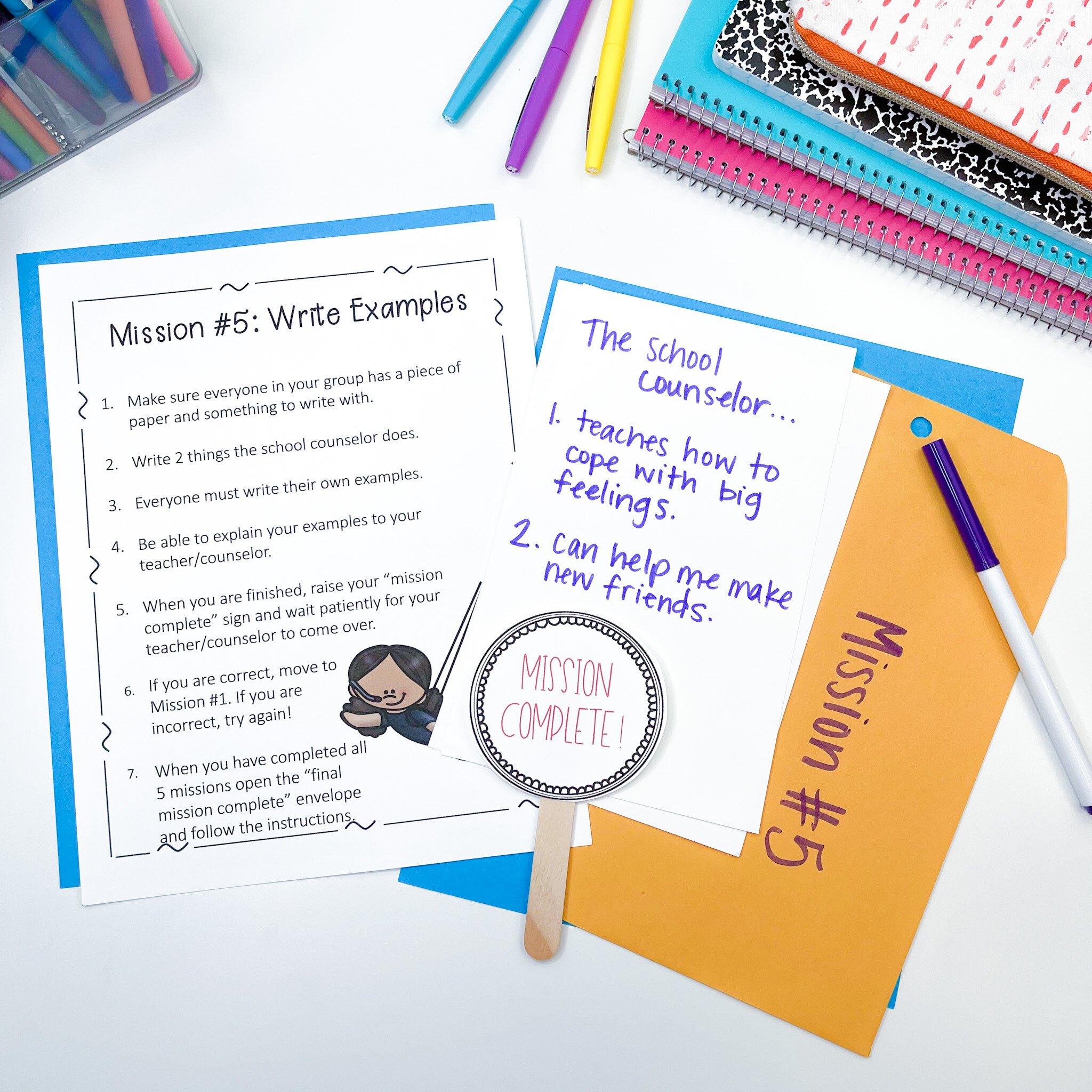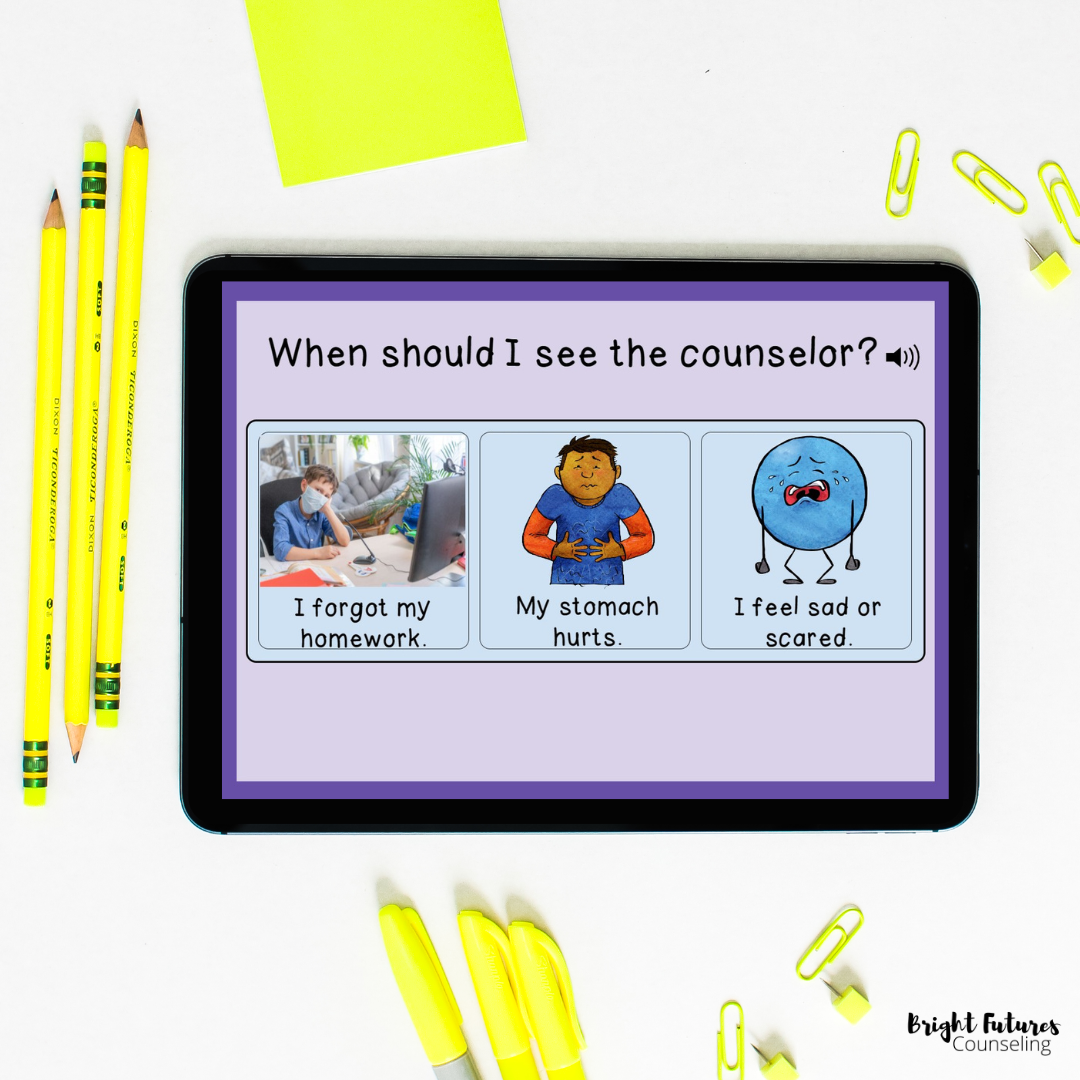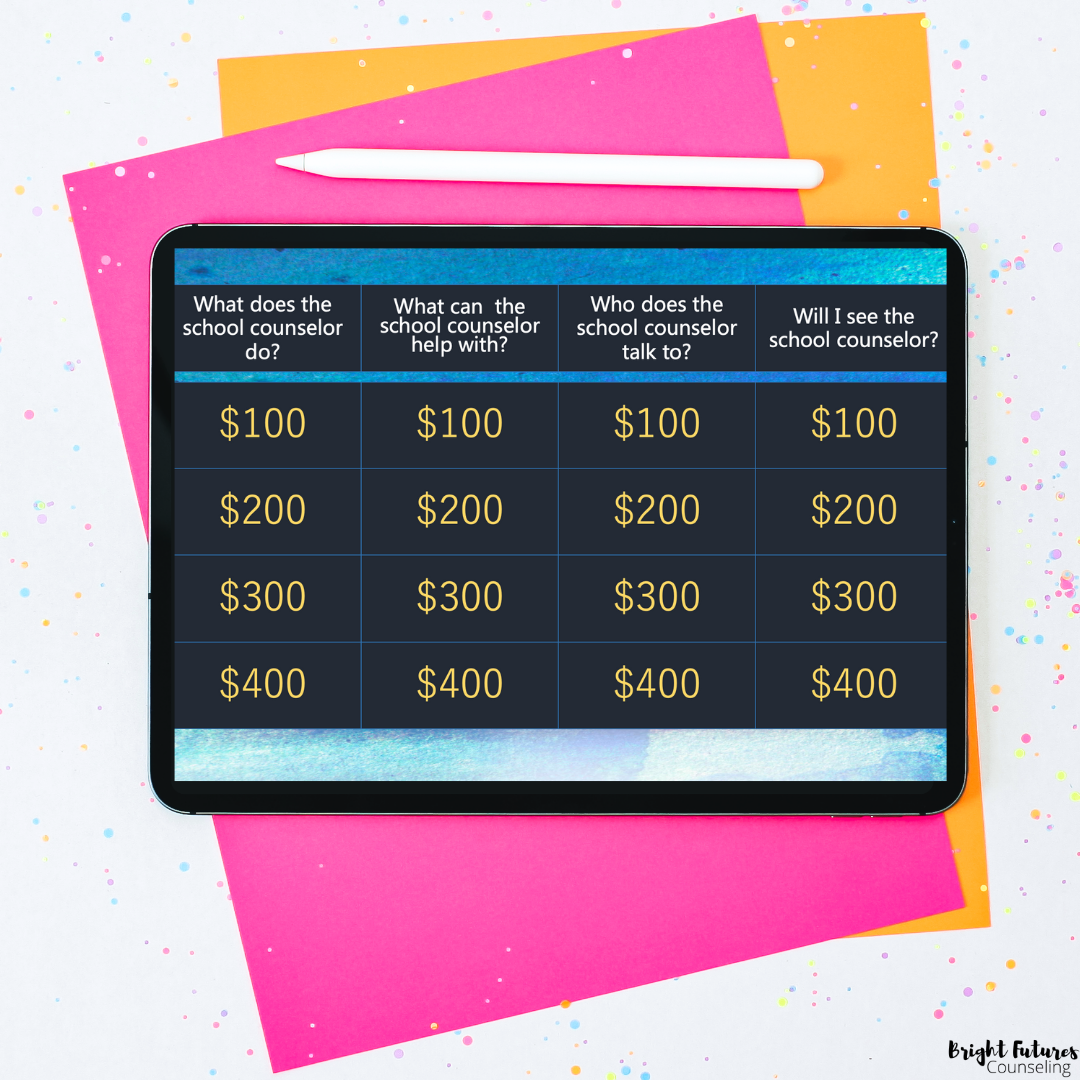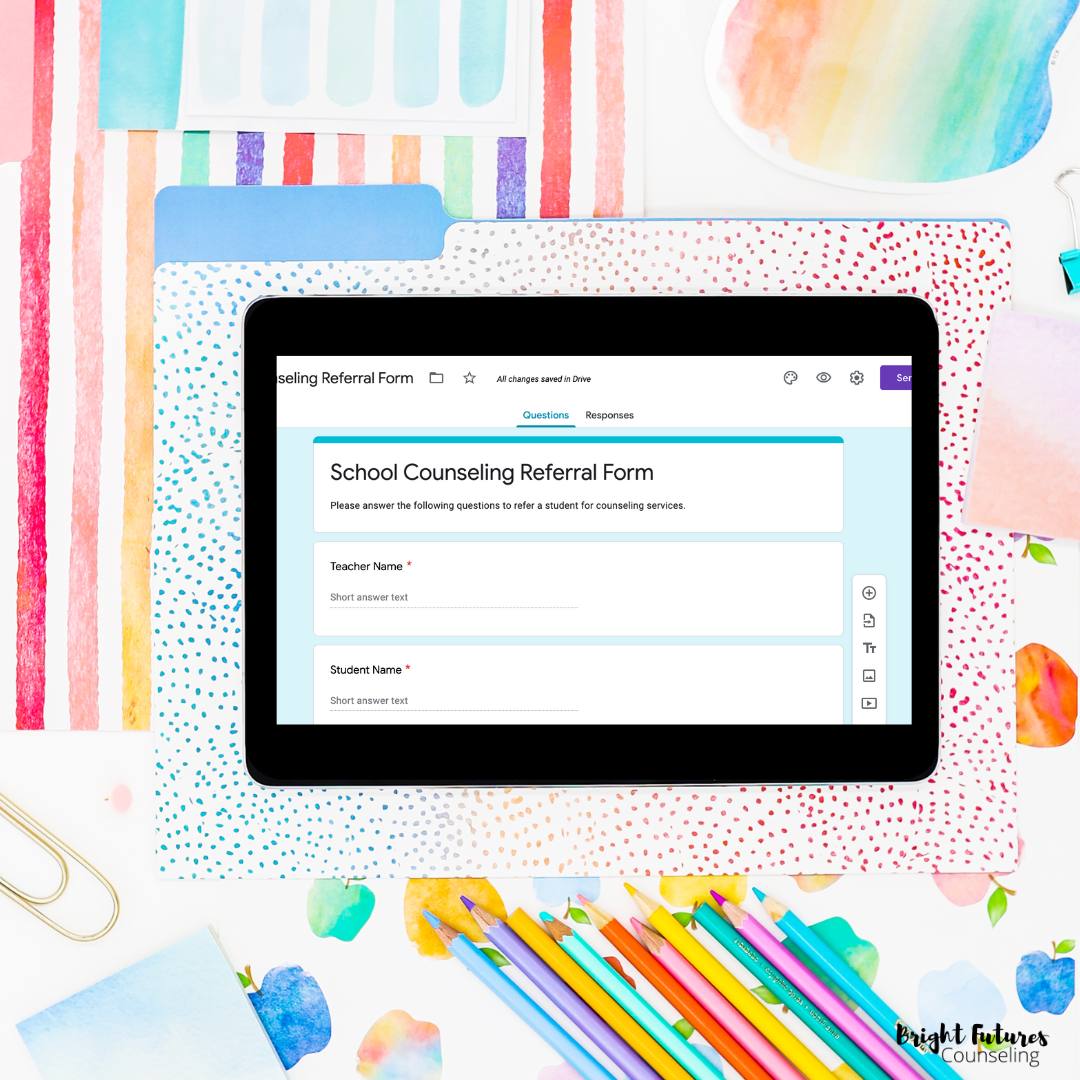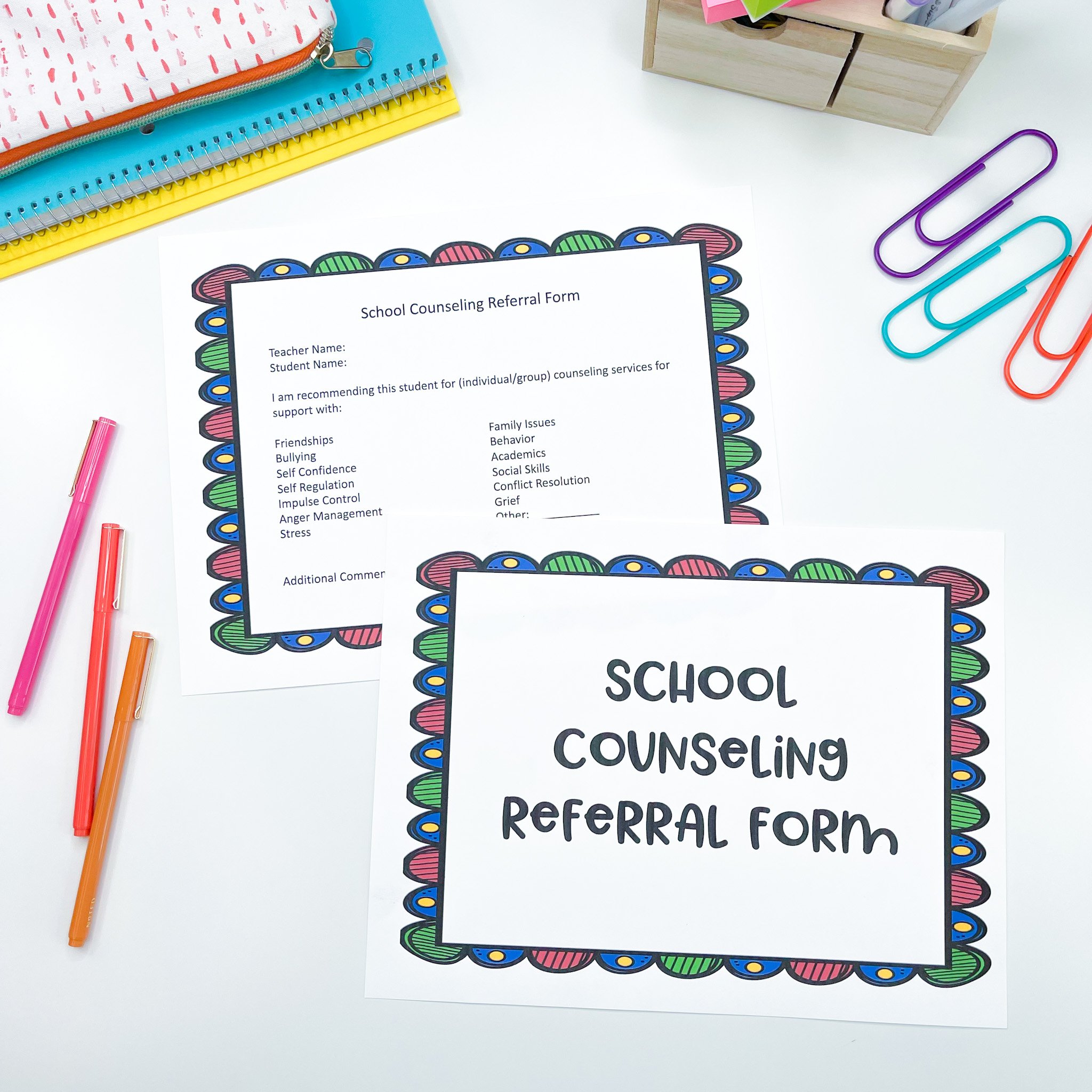Setting Up Your Year for Success: Communicating Your Unique Role
By: Rebekah Murphy
In my experience, one of the most misunderstood roles in a school is that of a School Counselor. Teachers, administrators, students, and parents may not fully understand your role in supporting students’ mental, social, and emotional health. Many have misconceptions. Teachers may see you as someone to send their troubled students to or someone who is a ‘specials’ teacher. Many schools place school counselors in positions that are inappropriate for their role such as providing discipline or keeping track of attendance. This is why clear information about our unique role is vital, especially at the beginning of each new school year. Here are some tips and tricks to help you clarify your position.
But how?
The first step in setting up your year for success is communicating your unique role to stakeholders. I have found that the easiest way to do this is through multiple platforms. First, you can communicate your role to your students by using a Meet the Counselor lesson. Use this lesson to introduce yourself and the services you provide to all students during your Tier I lessons at the beginning of the school year. If you’re looking for some Meet the Counselor lessons that are already made, you can find those here. Teaching these lessons to your students will help them understand how you can support them and what you do at school.
Explaining your role to teachers may take a little bit more creativity. Communicate your role to your teachers by asking your principal to give you a few minutes of your teachers’ time during one of the professional development days before school starts. Create a slide deck and bring chocolate to show your appreciation for your colleagues. Or, you could record a video explaining your role and then email it to teachers. (Hint: Include an incentive in the email for watching the video: For example, “There is a secret word in the video. The first person to watch the video and reply with the secret word wins a gift card!”)
Newsletters are another great option for communicating your role. Parents often misunderstand what you do and how you serve your students. Each month you could send a newsletter to your parents that explains a portion of your position. Looking for the easy button? All IMPACT members receive a newsletter each month that includes family activities that promote social/emotional learning, links to articles, and services that School Counselors provide. It comes in both editable and PDF versions. You can find out more about the IMPACT membership here.
Your Role
One of the most helpful activities that can help your teachers and administrators understand your unique role is ASCA’s Appropriate and Inappropriate Activities Chart. This chart not only lists appropriate duties that should pertain to a School Counselor, but also inappropriate ones so that your teachers and administrators can understand the duties that fall under your role. A fun activity is cutting the chart apart and having your teachers sort the appropriate and inappropriate duties themselves. Review the answers with your teachers, then give a prize to the teacher who gets the most answers correct!
Your Location
Transparency is key when it comes to letting your teachers and students know where they can find you. If you spend a lot of time outside your office, try using a magnetic board that has alternate locations on it. Place a magnet by your destination to communicate your current location. This will let others know where they can locate you if an urgent student need arises. Explain this protocol to teachers, students, and office staff at the beginning of the year so they can easily locate you.
Your Procedures
One of the most important pieces of information to communicate to your teachers is how they can refer students for counseling services. Whatever format your teachers are most comfortable with: paper referrals, online forms, Google form, or a combination of those, be sure to clearly explain and articulate the referral process so that each teacher feels empowered to reach out to you when a counseling need arises.
Your Goals
Want to get buy-in from your teachers? Explain your goals for your students to them at the beginning of the year. Describe how meeting those goals can benefit student learning. Explaining your ‘why’ is huge. Get your teachers on board by referring to Maslow’s Hierarchy of Needs. Explain how their academic (or self-actualization) needs can be met after their psychological needs are met. Teachers will definitely be on your team if you help them to see how beneficial your partnership can be.
Communication = Advocacy
You may not realize this, but as you communicate your role with stakeholders at the beginning of the school year you are laying the groundwork for advocacy by gaining buy-in, clearing up confusion, and providing helpful information that will make the school a better place. If these steps are followed, you may find that instead of questioning your motives/practices, your colleagues, administrators, and parents display appreciation for all of your hard work! You’re on your way to another successful year!
About the author: Rebekah Murphy has nearly a decade of experience working with students holding various titles such as third grade teacher, K-5 school counselor, and K-12 gifted and talented teacher. She enjoys developing curriculum for Bright Futures Counseling and writing in her free time.
